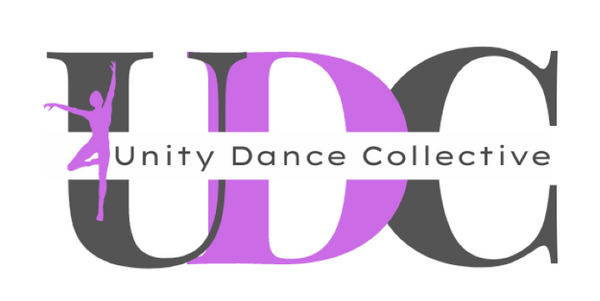Dress Code
- Combo Classes- Comfortable form-fitting clothing, leggings, bike shorts, and form-fitting tops. Half soles, contemporary socks, or barefoot. Hair must be up and off the face.
- Ballet Classes- Tights, Leotard, Black Bra or Sports Bra, Pink Ballet Shoes, hair secured in a bun.
- Ballet for Boys-Black shorts, white t-shirt, black ballet shoes
- Jazz-form fitting leggings or shorts with sports bra or form-fitting tops and jazz shoes or hal soles. Hair must be up and off the face.
- Tap-form fitting leggings or shorts with a sports bra or form-fitting tops. Black tie tap shoes. Hair must be up and off the face.
- Lyrical/Contemporary/Modern-form fitting leggings or shorts with sports bra or form-fitting tops. Half soles or contemporary socks. Hair must be up and off the face.
- Hip Hop - comfortable clothes; sweats, shorts, jeans you can move in, tank tops, t-shirts, tennis shoes.
- Acro Tumbling- Form-fitting clothes, shorts, leggings, sports bras, tank tops, t-shirts, and footundeez. Please, no jewelry. Hair secured up in a pony or bun.
Dance attire must fit properly. For safety reasons, students may not wear overly long pants, as they can cause slipping or falls. Cut-out shirts or any clothing that requires constant adjustment are also not allowed.
Dance class is about more than learning steps. Students learn posture, alignment and how to move gracefully before learning the dance steps and combos. The right dancewear allows the teacher a full view of the dancer’s posture and the use of muscles.
A dark colored leotard against pink or tan tights shows hip alignment. Short sleeves and spaghetti straps allow the teacher to see the shoulders and back for postural corrections. Light color tights give the teacher a view of the leg muscles, knee alignment and use of the ankle.
Having hair air up is important for balance and spotting during turns. The hair should be fixed flat against the head. Your teacher needs to see your ears and shoulders for corrections.
Shoes are a dancer’s instrument. They must fit snugly. Do not expect them to last the season. You will probably need to replace them halfway through the season. Ballet slippers should be pliable and show the outline of the toes. A teacher needs to see if a student is clenching their toes or properly spreading them. Young dancers need a full sole shoe so that they learn to work the muscles of the sole. Split sole shoes should be worn in a higher level when the dancer’s foot has developed. Young dancers also need a little wiggle room at the toes so that they can learn to spread their toes when rising up and pushing off the floor. When a dancer reaches their teens and their feet are done growing, shoes need to be tighter so the dancer can feel the floor and move with ease. Tap shoes need a quality cleat with a good sound. Cheap Tap shoes have cleats that don’t have enough sound, scratch the dance floor, and leave black residue on the floor. Tap shoes must fit snug enough so that the toe is over the front cleat. The shoe needs to easily bend at the ball of the ball of the foot without pulling off the heel. Therefore, your teacher will probably ask you to purchase a certain brand that fulfills all these requirements. And, the right dancewear instills discipline, respect for class, and helps the student to feel like a dancer.
Log in to your parent portal to access costume information and class attire by clicking the costume icon located at the bottom of the home page.
